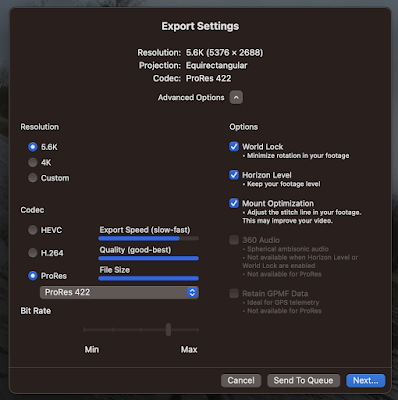Break-even Anaysis
Break-even analysis attempts to solve or identify the point at which a total cost (TC) function equals (i.e. cancels out) a total revenue (TR) function. The usual demonstration is to model TC and TR as simple line equations (functions of the form y = m*x + c). By plotting values (cost and revenue) against quantity, where quantity is the number of units produced or service delivered. Naturally, at some level of production (quantity) TR must exceed TC for the business to be financially viable.
The following examples illustrate the use of goal-seek for break-even analysis.
1. In the first case identify the production level (quantity) that needs to be sold for the business to achieve break-even in year 1.
2. The business model in this case is loss making. What unit price should be charged over the next period to break-even?
3. Goal seek can be applied to seek a solution output for any single input variable. In this case identify a price per unit in a scenario where the break-even point is 200.
4. Finally, using the model from question 1 identify the break-even point graphically by plotting a range of values for TC and TR against quantity, i.e. graph the range of net profit/loss outcomes for a range of production levels (quantities). This formulation does not use 'goal seek'.

